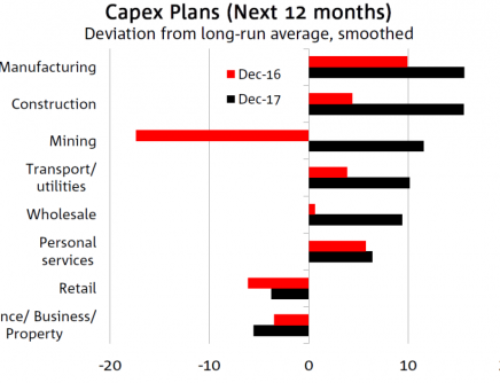The Department of Public Works produced the initiative ‘Smart and Sustainable Homes Program’ in an effort to create more awareness for environmentally friendly homes. The information presented in the program explains the simple application of climate-responsive design in a specific zone.
For the purpose of example, we will only focus on smart and sustainable sub-tropical climate design in this post but you can read all about it here: Smart Design QLD Climate
“Homes in sub-tropical climates have hot and humid summers and cool winters, that require controlled shading and ventilation to moderate the internal environment. Provide shading that allows solar access in winter and solar protection in summer and operable openings to control breezes. Consider installing insulation and adequate roof, eave or ceiling vents.”
As much as the well thought out design is crucial, there are 3 more elements that characterize Smart and Sustainable Homes:
- Social sustainability: Safety + security + universal design = social sustainability
- Environmental sustainability: Water efficiency + waste efficiency + energy efficiency = environmental sustainability
- Economic sustainability: Cost-efficiency + peace of mind + higher resale value = economic sustainability
Social Sustainability
Although the environmental and economic benefits of environmental buildings are well known, the social benefits of green buildings are often ignored. By improving indoor environmental quality you can:
- Safety – A safe and secure home reduces the likelihood of injuries in and around the home, improves Occupants Comfort and Health.
- Security – A secure home uses designs and fittings to reduce crime.
- Universal design – A home that is universally designed is flexible and comfortable for people with varying abilities at different stages of their lives and create an aesthetically pleasing environment.
Environmental Sustainability
The aim of sustainable building is to preserve our environment and avoid the depletion of the earth’s natural resources. When sustainable decisions are made throughout the building project it allows us to:
- Water efficiency – A smart and sustainable home saves on water which also saves you money in the long term. You can be water efficient by choosing water-saving showers and taps and consider using water tanks for the garden and flushing the toilet.
- Waste efficiency – Careful design and planning can limit waste during initial construction. It may also reduce the need for expensive modifications as needs change.
- Energy efficiency – A smart home reduces energy consumption, saving money for you and your family. Passive solar design features such as house orientation, ventilation, insulation and adequate shading can improve energy efficiency. In many cases, you can keep your home cool in summer and warm in winter without artificial heating and cooling devices.
Economic Sustainability
A smart house is cost-efficient. Smart design principles and choice of efficient building materials, economic planning and ‘smart’ ideas can have a huge effect on initial costs, as well as costs over the life of the house. By using sustainable and materials, reducing energy consumption and improving water efficiency it will lead to:
- Cost efficiency – Careful selection of sustainable materials and the well-thought-out design of a smart and sustainable home reduces repair and ongoing maintenance costs. Ongoing costs can add up over the life of the home. Significant savings are also to be gained by carefully considering the fixtures and fittings. For example, energy-efficient showers and taps use less hot water and will reduce the energy bills.
- Resale value – Smart and sustainable home features can lead to an increase in demand for your home – the greater the demand, the higher the resale value as it will meet the needs of a broader range of people and therefore attract a larger market. With a massive increase in our aging population and more people wanting to stay in their own home longer, a flexible and accessible home will become an increasingly valuable commodity.
- Peace of mind – In a smart and sustainable home, the design and choice of fixtures and fittings have been carefully considered to ensure the safety and well-being of the occupants. This may reduce the risk of injury and therefore save on medical expenses, hospital bills and lost wages due to time off work.
Smart and sustainable homes require that building designers, engineers, and contractors work together on energy efficiency, sustainable materials, water efficiency, site development and indoor environmental quality. The green movement is here to stay and as time progresses the benefits of sustainable building will continue to grow.
Main Source:
http://www.hpw.qld.gov.au/SiteCollectionDocuments/SmartDesignQldClimate.pdf



